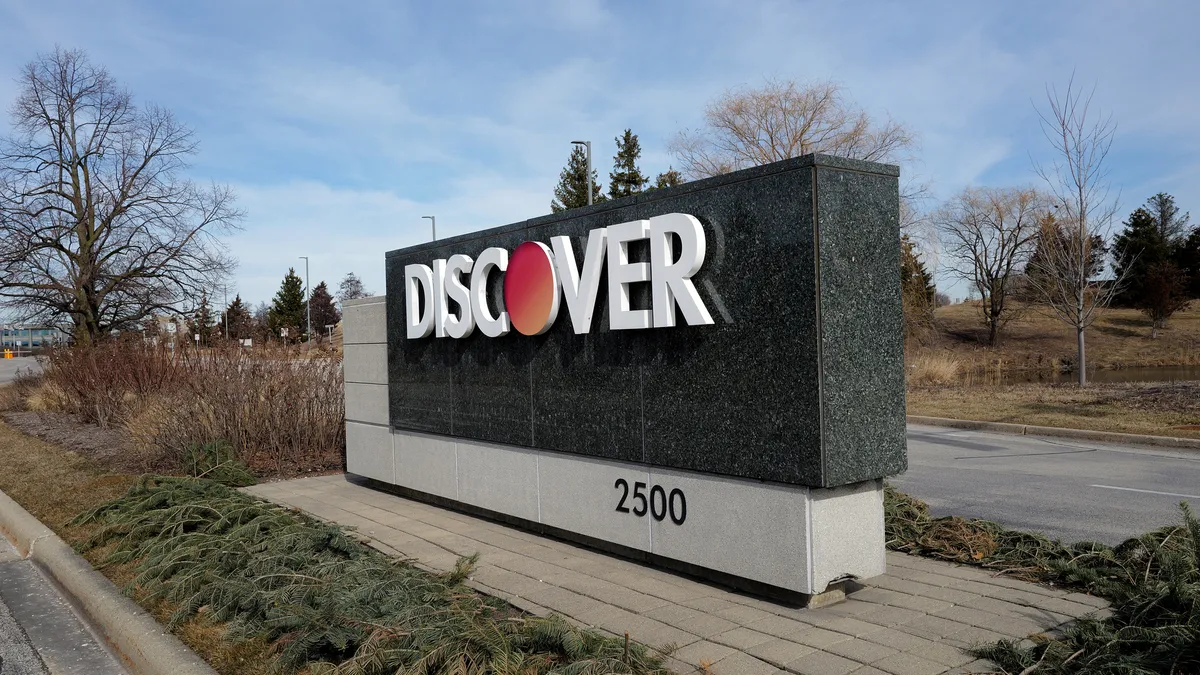Robert Turner is the senior vice president and general manager of U.S. financial services at Kyndryl, a New York IT infrastructure services provider. He is based in Chester, Virginia.
A surge in digitization is transforming the global payments industry. Significant growth in real-time transfers, international payments, and the rise of fast-moving fintechs have swept in a new era of digital finance. In the face of this rapid change, today’s financial institutions must keep pace or risk losing out to competition.
This persistent threat is top of mind for many of today’s banking leaders as they move closer to a significant compliance deadline. Because of the complex ecosystem involved in cross-border payments, financial institutions need messaging standards that function as a shared language, enabling payment information to be understood between one country and institution to the next. A new messaging standard — ISO 20022 — will soon take effect.

For banks, this messaging update will support rapid processing and real-time transactions, improve interoperability across the payment landscape, and provide better structured data. By improving data quality, the update also has the potential to enhance the output of AI solutions and usher in a revolution in new payment products and offerings, helping banks boost customer satisfaction and fuel innovation.
But a significant obstacle stands in the way of these benefits: industry sluggishness.
Although companies have had years to prepare for this change — and to be sure, some have aggressively made moves to do so — too many are now racing to adapt. Swift, the cross-border payment communication system that financial institutions use for international payments, has already adopted the standard. While some businesses have followed suit, U.S. companies have lagged behind. Time is running out; the legacy messaging format will be retired in November 2025.
The last-minute scramble underway is emblematic of broader industry trends. Banking and financial leaders seem to understand that their organizations are struggling to keep up with the pace of advancements, and many do not feel ready across various external risks.
In the case of the ISO transition, understandable modernization challenges and skill gaps have stalled companies’ efforts. Companies are also working to meet this new standard while balancing competing demands on their compliance and modernization to-do lists.
But leaders won’t be able to catch up overnight with a plug-and-play solution. Rather, companies will need to adopt a compliant platform, address data challenges, modernize applications and close gaps in their payment systems to enable end-to-end integration. They must also ensure their payment services partners are compliant to keep payment processes functioning smoothly.
Companies that delay action risk losing out on both improved payment experiences and potential business with companies whose systems no longer sync up. Further, those that postpone the transition will forego the opportunity to capitalize on innovation: companies ahead of the transition deadline are already examining how to take advantage of enhancements including the pre-validation of international payments. If companies feel they’re behind now, the divide will only be exacerbated as proactive companies continue to make technological leaps.












